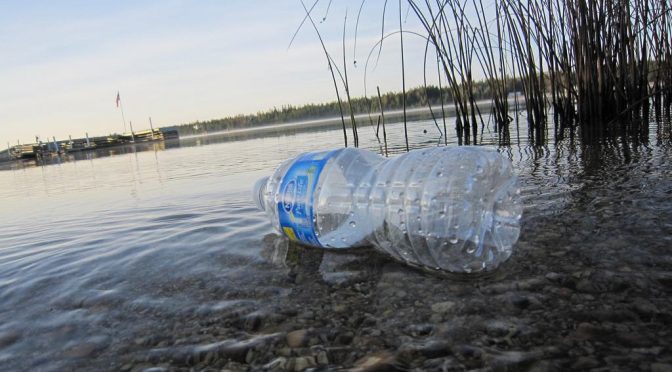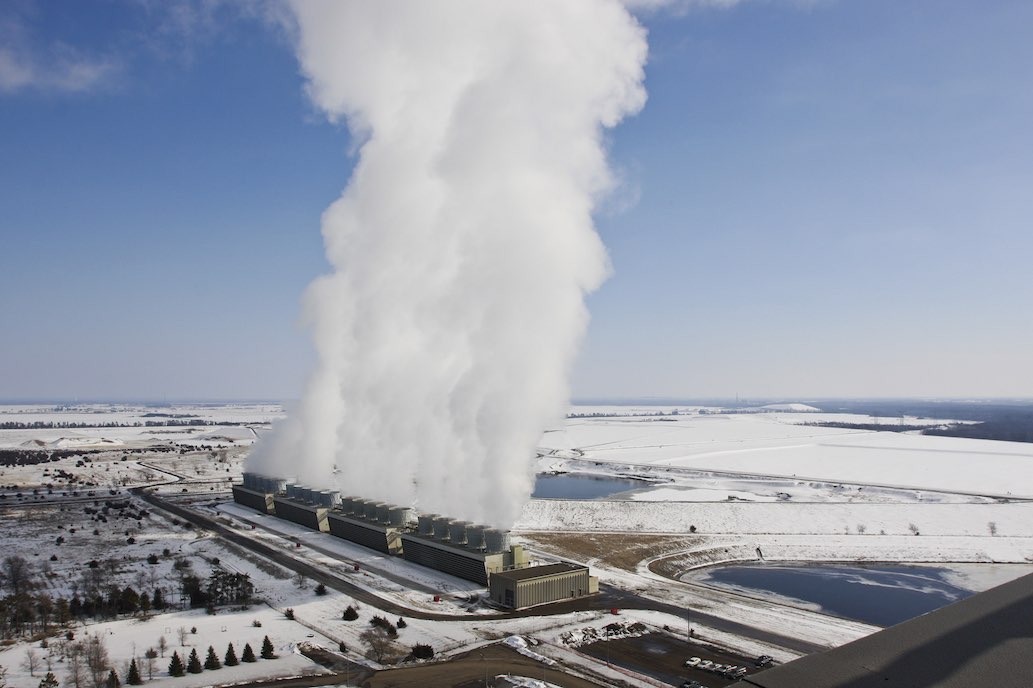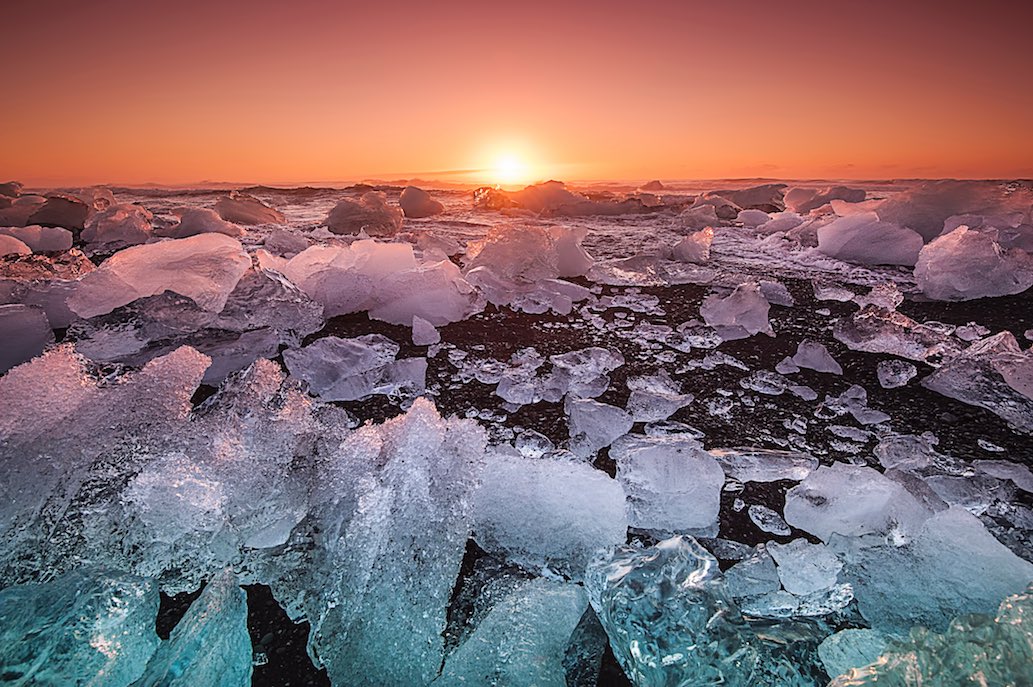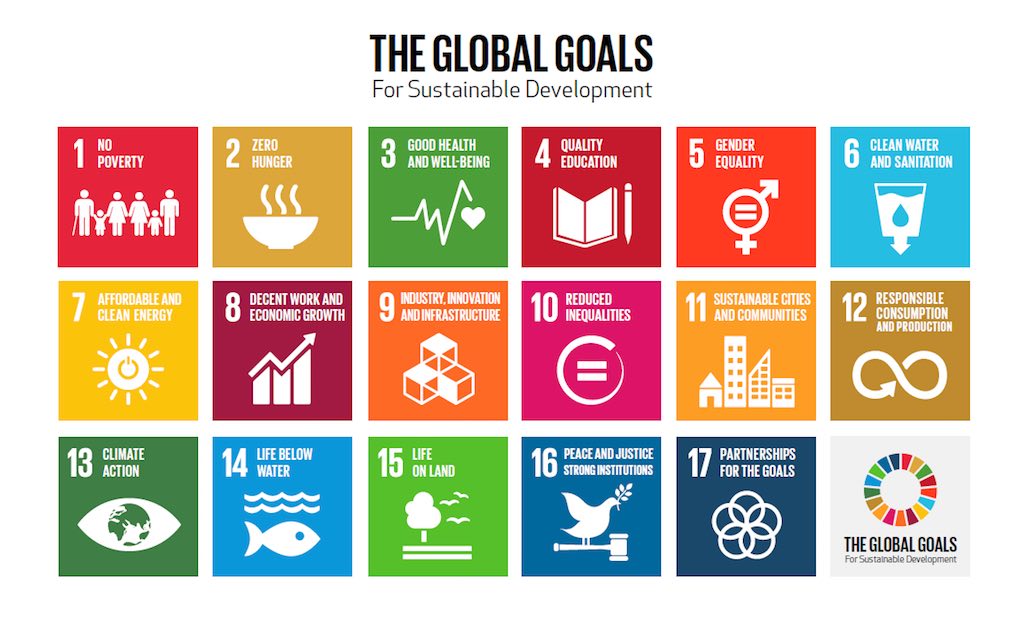
The Absurdity of Calling a Bottled Water Company Carbon Neutral
- Enviroment, News, Water
- bottled water, carbon neutral, evian, PET plastic, single-use plastic
- September 27, 2017
Can a bottled water company ever be truly carbon neutral? The bottled water brand Evian announced recently that it has been audited and certified by the Carbon Trust as a carbon neutral brand in the U.S. and Canada. Evian’s corporate parent, Danone made a commitment at COP 21 to become carbon neutral worldwide by 2020. In January 2018, bottles of Evian water with the Carbon Trust certification seal will be available
A carbon neutral footprint is defined by the Carbon Trust as “one where the sum of the greenhouse gas emissions produced is offset by natural carbon sinks and/or carbon credits.” Smaller bottled water producers have already achieved carbon neutral status, including Icelandic Glacial and Norway’s Isklar.
Carbon credit, not carbon neutral
Evian claims to have achieved carbon neutral status with carbon credits through the Livelihoods Carbon Fund and using trains and ships for delivering its product to North America. Its bottles in North America will contain 25 percent recycled PET on average by the end of 2017. All Evian products come from its bottling site in Evian-les-Bains, France, which is completely powered by renewable energy. It also has a carbon sequestration partnership with the Livelihoods Carbon Fund. The organization has planted 130 million trees to date, which absorb carbon.
All of that is great, but not everyone is convinced that single-use, plastic water bottles are a good idea. “Often it is environmentally absurd to sell bottled water when tap water is cheaper, better, and far less energy-intensive,” Mathis Wackernagel, CEO of Global Footprint Network told Bloomberg.
Emmanuel Faber, Chief Executive Officer of Danone said in a statement that “consuming Evian is voting for the world we want to live in and a sustainable future, as Evian delivers a carbon neutral spring water to its U.S. and Canadian consumers.” But he failed to speak about the environmental impacts of single-use, plastic water bottles.
Single-use for 1000 years
Single-use bottled water is packaged in polyethylene terephthalate (PET) plastic, which can take up to 1,000 years to degrade. PET plastic is petroleum based. Producing the bottles for Americans to drink takes the equivalent of over 17 million barrels of oil, excluding the energy it takes to transport them, according to the Pacific Institute. Bottling water produces over 2.5 million tons of carbon, and it takes three liters of water to produce just one liter of bottled water. About 1,500 plastic bottles are estimated to end up in landfills or thrown into the ocean every second. The Great Pacific Garbage Patch is an area the size of Texas in the Pacific Ocean made up of plastic.
Water bottle realism
The cradle-to-grave carbon footprint of one kilogram of PET trays containing 85 percent recycled content was1.538 kilograms of carbon dioxide equivalent (CO2e), a 2013 study found. Raw material and manufacturing contributed 45 percent and 38 percent, respectively.
The recycling rate in the U.S. from 2014 to 2015 declined slightly according to figures released by the Association of Plastic Recyclers and the American Chemistry Council. In 2015, the recycling rate was 31.1 percent, a slight decrease from 31.7 in 2014.
Bottled water is energy intensive, produces carbon emissions, and creates waste. In short, it is an industry that wreaks havoc on the environment.
Photo: Flickr/Kate Ter Haar





